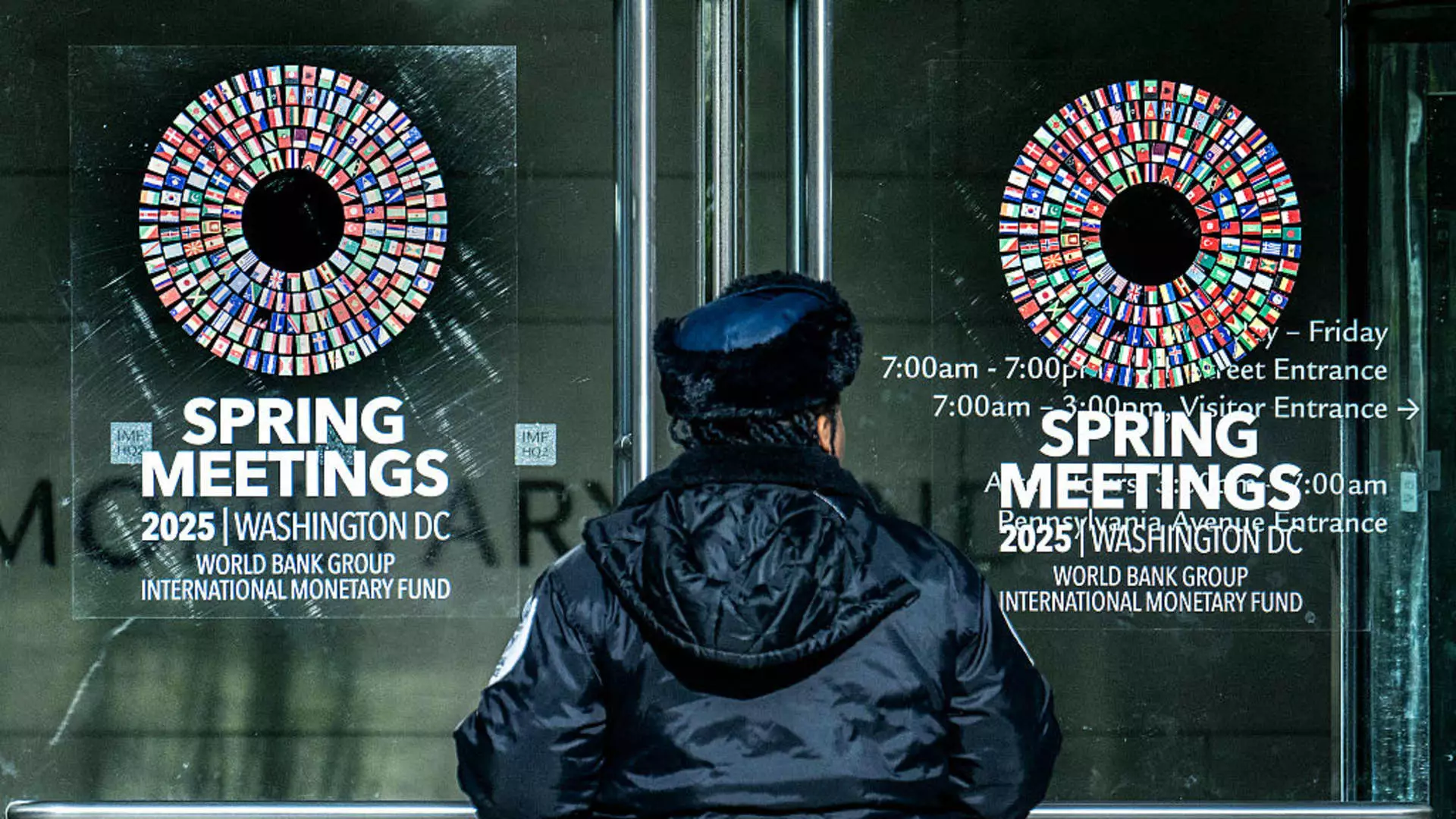The recent downgrading of economic growth forecasts by the International Monetary Fund (IMF) for major Asian economies is a stark reminder of the fragile state of the global economy. The IMF’s pessimism regarding China and India’s growth prospects is troubling—4% and 6.2% respectively for 2025, compared to earlier, more optimistic predictions. These projections are not merely statistical adjustments; they reflect deeper issues of trust and stability in international trade, which will likely have cascading effects throughout the region.
When the IMF cuts growth estimates, it’s not just an academic exercise. It signals significant shifts in the economic landscape that policymakers and governments cannot afford to ignore. Trade uncertainties and escalating tensions, particularly stemming from U.S. tariff policies, play a pivotal role in this grim assessment. Such measures do not merely create immediate shocks but instill a broader sense of instability that can choke consumer confidence and business investments alike.
The U.S.-China Trade War: A Catalyst for Uncertainty
The U.S.-China trade war stands as a primary antagonist in this economic narrative. The punitive tariffs imposed by the Trump administration have not just affected raw numbers; they have generated an atmosphere of unpredictability that complicates strategic planning for both businesses and governments. The perpetual cycle of escalating tariffs has created a “Tit for Tat” dynamic—a spiraling conflict that, rather than resolving trade disparities, merely deepens divisions.
As the IMF aptly pointed out, these tariffs represent a “major negative shock to growth.” It’s difficult to overstate the impact of such blanket economic warfare. Countries that are neither explicitly involved in these disputes are usually caught in the crossfire, enduring collateral damage as their economies contract in response to diminished global trade volumes. Asian markets are intertwined, and stagnation in one major economy—like China—often reverberates throughout the entire region.
Japan and India: Divergent Strategies Amidst a Common Threat
While China’s and India’s gradual decline in growth projections raises alarms, Japan’s situation presents a unique scenario. The IMF’s reduction of Japan’s growth forecast to a meager 0.6% underscores a different type of struggle. Decades of stagnant growth and demographic challenges have rendered Japan vulnerable, making it less resilient to external shocks compared to its Asian neighbors. Here lies a critical dilemma: How can Japan innovate its way out of a stagnating economy while contending with global forces that seem bent on undermining its stability?
In sharp contrast, India’s more conciliatory approach towards U.S. administration signals an attempt to revamp bilateral relations. Prime Minister Modi’s proactive diplomatic engagements aim to mitigate the fallout from the trade war, showcasing a pragmatic acknowledgment of the shifting geopolitical landscape. Even as India strives for growth, the interdependence with the U.S. for investments presents a balancing act fraught with potential pitfalls.
The Broader Implications: Economic Ripples Beyond Asia
While the IMF is focused on Asian economies, its outlook has implications far beyond this region. A global growth forecast of 2.8%, a drop from previous estimates, indicates that interconnectedness means anything affecting a key player ripples through markets worldwide. As the U.S. imposes tariffs and trade policies, other nations have no option but to recalibrate their strategies, resulting in a slowing global economic engine.
This situation calls for urgent and coordinated efforts among countries to restore a semblance of stability and predictability in trade. It becomes increasingly clear that a policy of protectionism is not sustainable; rather, it jeopardizes the very economies it’s meant to protect. Experts argue that rebuilding trust is essential for economic recovery, yet trust cannot be manufactured overnight.
The current trajectory propels us into a treacherous economic labyrinth where hope appears dim, and uncertainty abundant. The responsibilities lie with policymakers across the globe who must navigate this complex web of interactions and ascertain strategies that foster genuine cooperation. Otherwise, we risk not just a sluggish recovery in Asia but a maelstrom of economic malaise on a global scale.


Leave a Reply